How to Restore Water Damaged Wood Floor
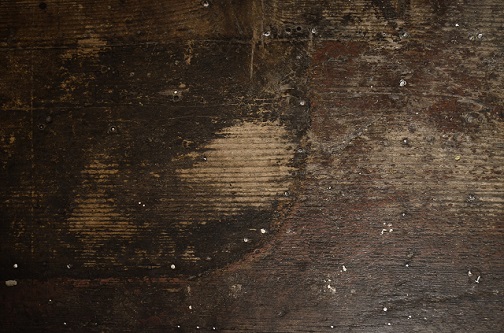
Hardwood floor damage is one of the most rampant problems faced by most homeowners, constantly affected by it, due to various causes. Although this disappointing experience doesn’t necessarily mean that you should stress yourself with changing the wooden floor to resolve the damage since some modern restoration methods can be applied to decrease the quantity of injury and stop new damages to the beautiful wooden flooring of your home.
When you face water damage, it is crucial to act immediately. You will read some observations and tips to define, prevent and minimize the amount of damage that water causes to your wood floors.
Contents
Wood floor water damage and restoration
Small leaks that you clean immediately will not damage your wood floor. Still, other factors such as constant high humidity, condensate leakage, dampness under the floor, excessive leakage, or water leakage that penetrates the gap between the wood boards can damage your foundation, especially parquets.
When the tiles are soaked with liquid, the boards bend and lighten. Bubbles or swelling of woods or laminates can be caused by excessive tension between the laminate boards. These floors shrink and expand due to temperature changes.
How to revive wet wood flooring?
It’s better to try to restore the floor as soon as possible. Wood cellulose fiber absorbs water quickly and removes it slowly. You should collect water quickly with a vacuum cleaner. Even if you think the veneer is water-resistant and does not penetrate the bottom raw wood, you need to be more careful.
There are various layers under the wood flooring, located between the joints and veneers, heating systems, and wires.
To present the growth of mold and algae, you must eliminate contaminants. It is not just water that leads to mold growth; water mixture and pollution cause this problem.
Floor drying instruction
1. Use a vacuum cleaner to collect as much water as possible on the surface. Wide connection is easier to use. With the help of squilgee, you can clean this water.
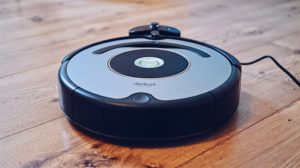
2. Mix the cleaning and disinfecting liquid with the water in the bucket. Clean the wooden surface and all its parts (parts next to the wall, stairs and panels) with a brush and insert the brush into the bucket. Do not spill water on the surface as you should not increase the surface water. Remove dirt, mud, and natural materials from it to prevent fungal growth.
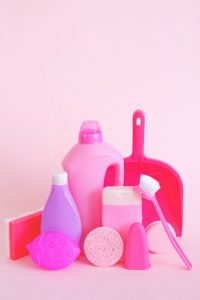
3. Clean moldy surfaces with water-soluble trisodium phosphate or trisodium phosphate. Rub the surface well until the mold is clean, then clean it with water and pat, and dry with an absorbent cloth.
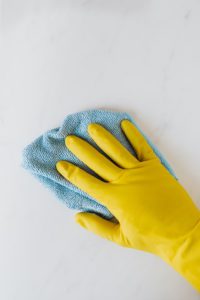
4. Dry the surface naturally and gently by turning on the fan and providing adequate ventilation. Open doors and windows (unless the outside is wetter), and turn on the fan to allow air to circulate. There must also be adequate ventilation to allow moisture to escape.
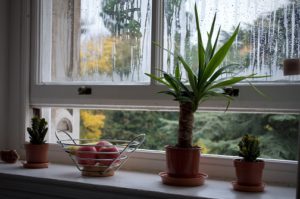
5. You should dry the floor slowly and gradually. Cracks may appear on the wood floor if it dries quickly.
6. Never use heating systems to dry the surface as it can damage and flake the floor.
If the damage is deeper let the experts to help you https://www.dkiservices.com/services/water-damage/
Detection of the source of water:
There are four different types of water which you should know when you want to restore your wood floor:
1. Clean water. 2. Grey water. 3. Blackwater. 4. Saltwater
Clean water:
Clean water is the least dangerous one. Non-contaminated freshwater with no harmful bacteria (like bath tub water) is safe to clean, and it doesn’t have bacteria that cause mold and bad smell. Repairing or replacing the floor is up to the amount of water and the speed of removing it.
Greywater:
Greywater is known as dirty water. This type often relates to washing machines and dishwashers. It is considered dirty water because it is contaminated with cleaning materials such as detergents and/or bleach.
Blackwater:
Blackwater is known as the most dangerous type of water damage. It comes from septic sewage, and usually, it overflows from the toilet. Blackwater not only smells but also contains many harmful bacteria and can cause many diseases. If this type of water is on your wood floor for a long time, you likely have to replace your floor.
Saltwater:
Saltwater is not dangerous, but if you do not deal with it immediately, it can damage wood floors. For instance, if saltwater from a fish tank spills on the floor and you do not clean it fast, it could damage the overall surface of the floor.
conclusion:
After facing the water damage, your first idea presumably would be to repair it yourself. Water damages can be too costly, especially when it affects your wood floor, but hardwood floor is a kind of investing which must be protected precisely. Do everything you know can be helpful, but when it seems that you can’t repair your floor immediately, it’s better to call professional experts like DKI services, especially if you live in Irvine, California.
Professionals will respond instantly and use advanced equipment and techniques to remove water damage. They control and document the process of drying to make sure that your property is completely and certainly dry.
Sources:
1. 24-hours emergency services
https://www.dkiservices.com/
2. Five things for handling hardwood floor repair after water damage
https://wall2wallhardwoods.com/blog/5-tips-for-handling-hardwood-floor-repair-water-damage/
3. How to repair water damaged wood floor
https://thefloorshop.com/hardwood-flooring/how-to-repair-water-damaged-wood-floor/
4. Do water damaged hardwood floors need to be replaced?, blog post
https://www.standardrestoration.net/water-damaged-hardwood-floor
5. Water Cleanup, Damage Repair, and Restoration
https://www.servpro.com/water-damage-restoration
6. https://en.wikipedia.org/wiki/Water_damage
7. Water damage restoration
https://www.belfor.com/en/us/water/damage


Recent Comments